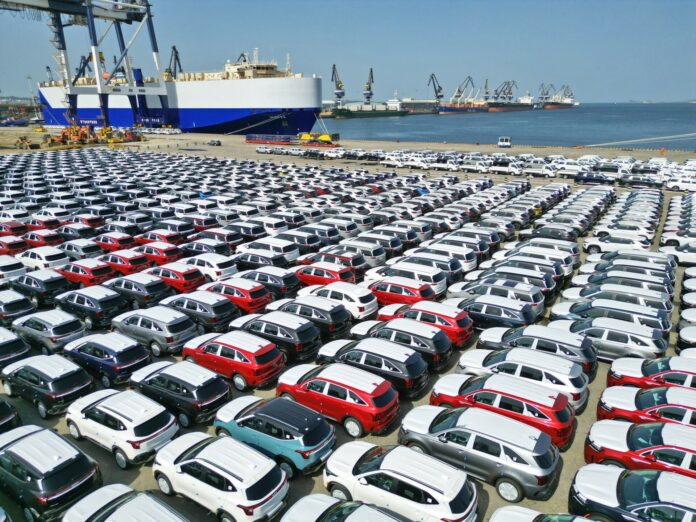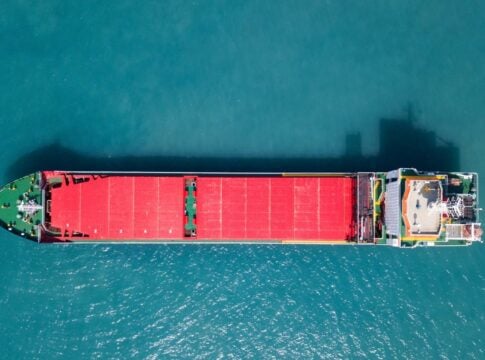New revised guidelines for effective fire management have been presented to enhance safety on vehicle carriers.
The aim of these guidelines, developed by the Vehicle Carrier Safety Forum, is to equip ship operators and crews with solutions for the timely control and prevention of the spread of fires on PCC, PCTC, RoRo and Ro-Pax vessels, while minimizing the risk to human life, the ship, the cargo and the marine environment.
The VCSF recognizes that dealing with vehicle fires is dangerous and difficult and that the sole aim of these guidelines is to help ship operators and crews be better prepared to deal with fires at an early stage.
“These guidelines are the result of industry collaboration with a focus on safety.
We all share the common goal of making life at sea safer and these guidelines should be seen as a valuable tool for operators to develop their own guidelines as part of their safety management system,” said Geir Jorgensen, Chairman of the Ship Technical Committee of the International Forum of P&I Clubs.
The risks of fires on car carriers have also been recognized by the International Maritime Organization (IMO) Sub-Committee on Ship Systems and Equipment, which in February 2025 launched an action plan to strengthen fire safety measures.
Key points
The guidelines do not set out detailed procedures for responding to a fire, arguing that there are too many variables in design and equipment.
They also do not include the use of emerging technical solutions, recognizing that the response is limited by the design of the ship, current crew training regimes and the equipment available on board.
The emphasis is on early suppression of fires using fixed fire suppression systems. Whether or not the fires originate from lithium-ion batteries in electric vehicles, early-stage fires involving thermal runaway are more difficult to extinguish than an internal combustion engine fire, although the latter can also be problematic when it occurs.
It is emphasized that both types of fire typically reach their maximum heat release rate within six to ten minutes of starting and if the initial response does not bring the fire under control within 10-15 minutes of the first alarm, then the use of fixed fire suppression systems is recommended.
The guidelines also note that the ship operating company’s policy for the timely and proper use of the FFS (Fire Fighting System) should be implemented, communicated to the ship’s personnel and supported with clarity, training and exercises.














